Google has recently made a significant leap in AI technology with the introduction of Lumiere AI, a groundbreaking model that promises to transform the way videos are generated and edited. This new model stands out for its ability to create realistic and diverse videos from either natural language or image inputs.
Key Highlights:
- Google unveils Lumiere AI, a cutting-edge video generation model.
- Lumiere AI synthesizes videos in a single pass, enhancing quality and consistency.
- Capabilities include text-to-video, image-to-video, stylized generation, and more.
- Compared favorably against other AI models like Pika, Runway, and ImagenVideo.
- Currently a research project, with future applications in content creation and editing.

Unveiling Lumiere AI:
Developed using a space-time diffusion model, Lumiere AI synthesizes videos in a single pass. This approach differs from most existing models that use a cascaded method, resulting in improved temporal consistency and motion quality. It marks a substantial advancement in AI-driven video editing and generation technologies.
How Lumiere AI Works:
Lumiere AI employs a combination of a pre-trained text-to-image diffusion model and a Space-Time U-Net architecture. This method allows the generation of the entire temporal duration of a video at once, without relying on intermediate keyframes or super-resolution models. As a result, it produces more realistic and coherent motion, handling longer and higher-resolution videos efficiently.
Capabilities and Features:
Lumiere AI offers a range of features:
- Text-to-Video and Image-to-Video Conversion: Users can provide text or image inputs to generate corresponding videos.
- Stylized Generation: The ability to create videos in a specific style using a single reference image.
- Inpainting and Cinematography: Inpainting involves adding specific objects or regions to videos with text prompts, while cinematography adds motion to certain parts of a scene.
- User-friendly Interface: Designed for both professionals and amateurs, Lumiere AI supports creative content creation.
Comparative Advantage:
Lumiere AI has been compared with other AI video models like Pika, Runway, Stability AI, and ImagenVideo, showing superior performance in motion magnitude, temporal consistency, and overall quality. User studies also indicate a preference for Lumiere AI over other models for both text and image-to-video generation.
Limitations and Future Directions:
While Lumiere AI is a promising technology, it currently faces limitations, including difficulties in generating videos with multiple shots or complex transitions. As a research project, its broader application may be subject to policy considerations and ethical use guidelines.
Technical Breakthroughs:
- Integrated Space-Time U-Net: This architectural innovation is key to Lumiere’s ability to process videos across multiple space-time scales. It ensures a seamless integration of both spatial and temporal elements in video generation.
- Diffusion Model Approach: Lumiere AI uses a diffusion model, a type of generative model that meticulously reverses the process of adding noise to an image or video. This technique allows for the gradual refinement of the output, ensuring high-quality results.
Enhanced Creative Possibilities:
- Dynamic Video Editing: Lumiere AI’s capacity for text-to-video and image-to-video transformations paves the way for dynamic and creative video editing. This includes adding motion to still images and transforming images into complete video sequences based on textual descriptions.
- Cinemagraphs and Inpainting: The model can create cinemagraphs—still photographs in which a minor and repeated movement occurs. It can also perform inpainting, which involves inserting specific objects or regions into videos based on text prompts.
Conclusion:
Google’s Lumiere AI represents a paradigm shift in AI video generation, offering enhanced realism, flexibility, and creative possibilities. It’s a significant step forward in the AI landscape, providing a glimpse into the future of video content creation and editing.

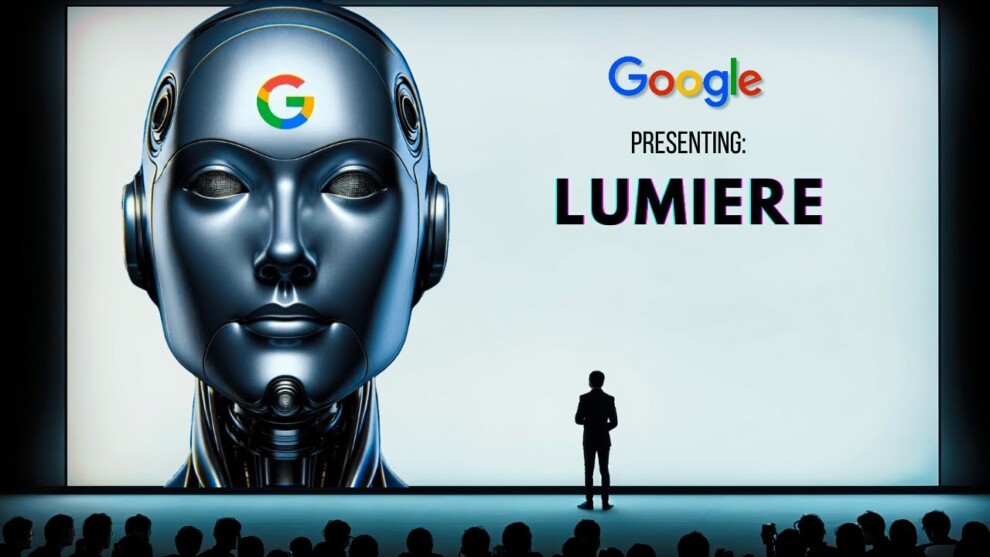

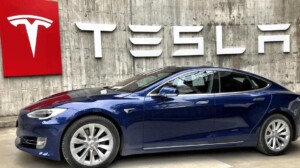




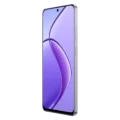






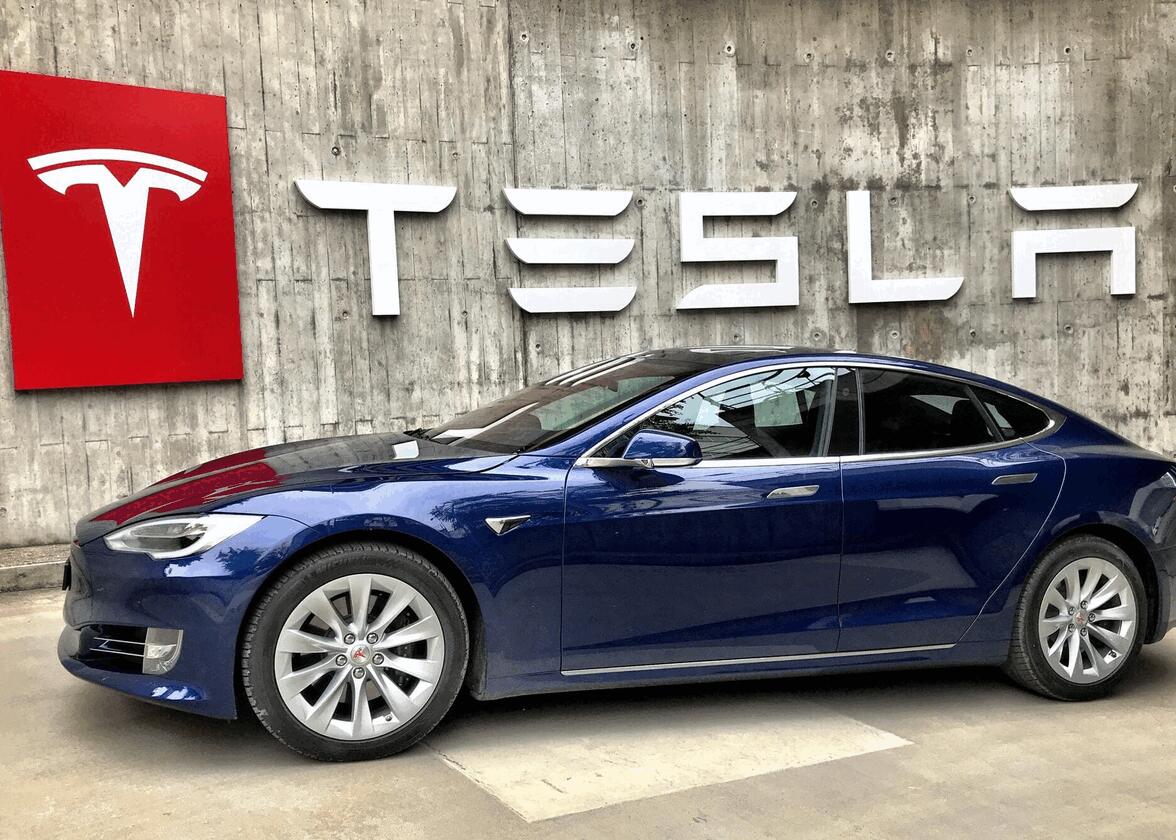
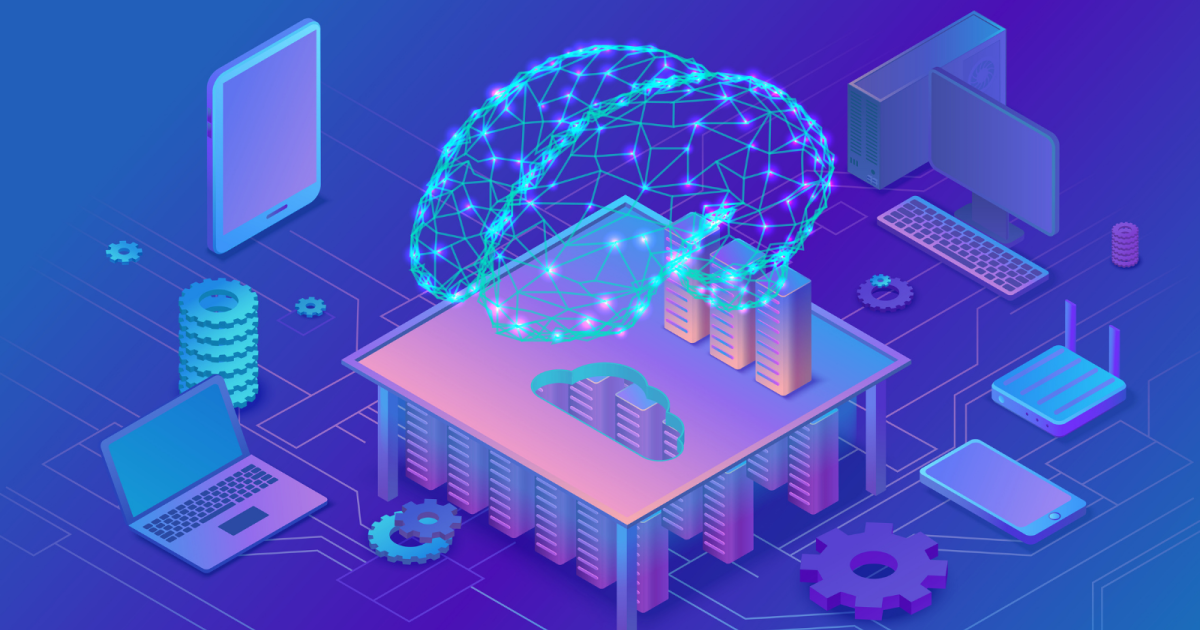
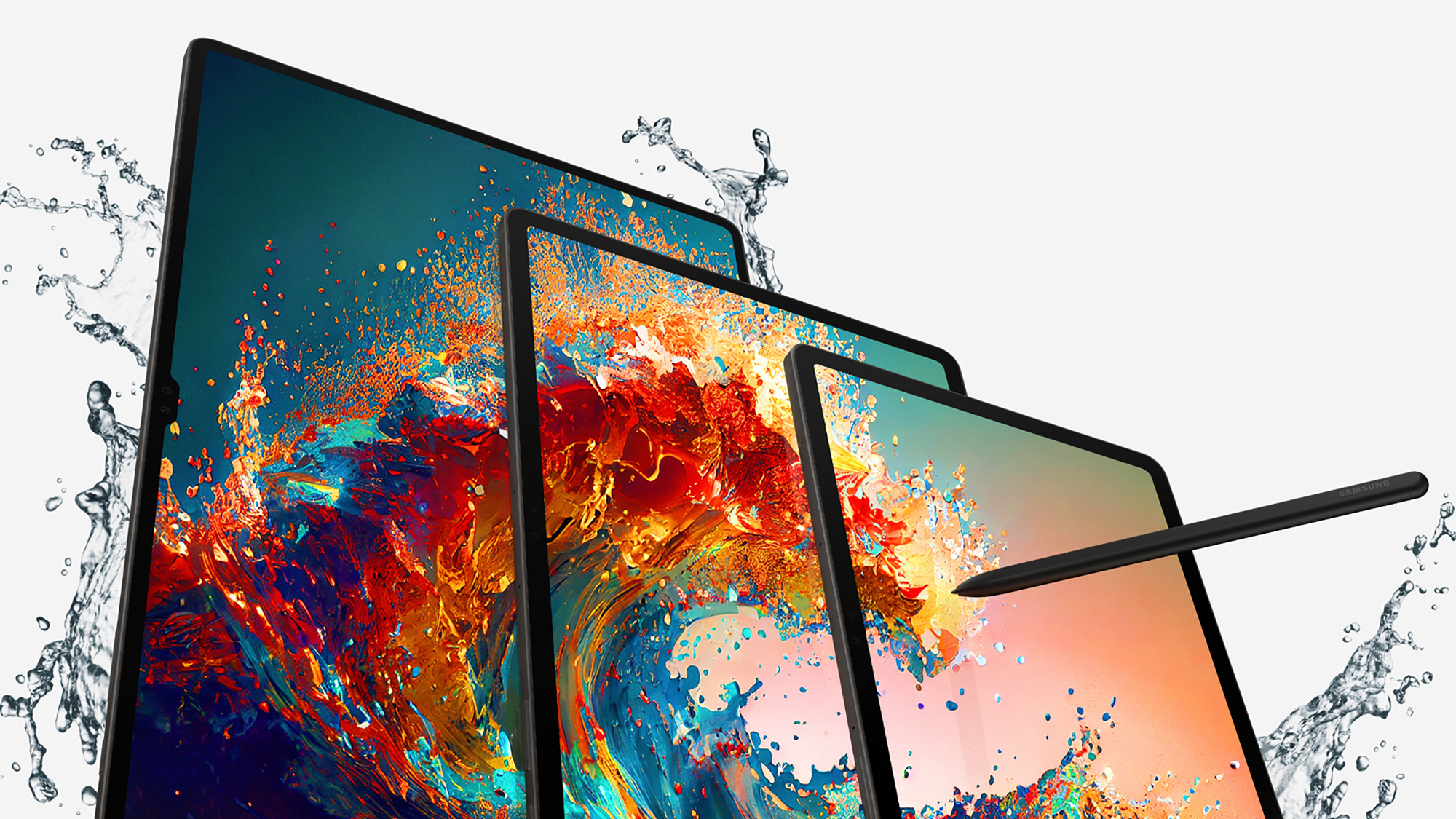
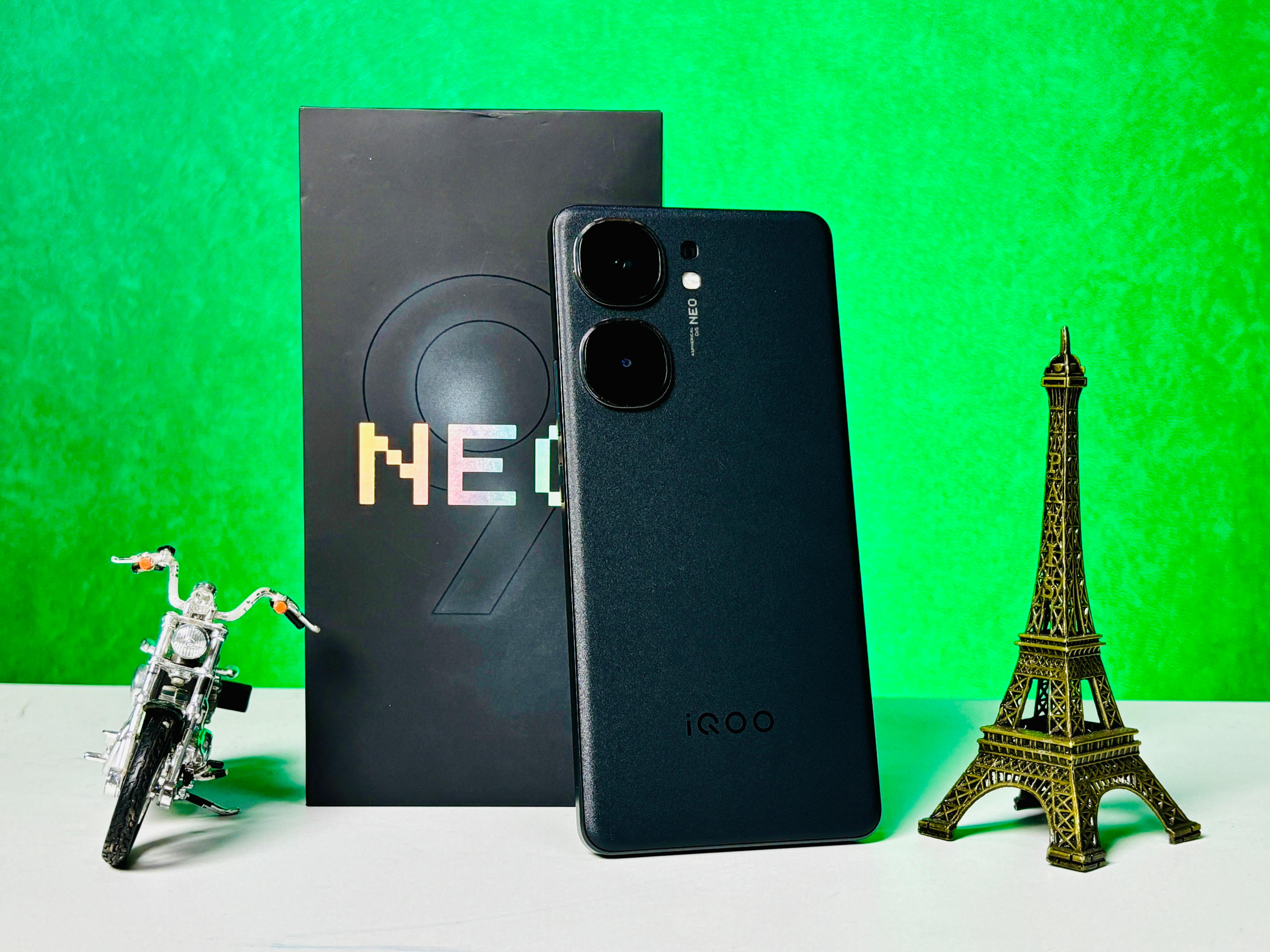
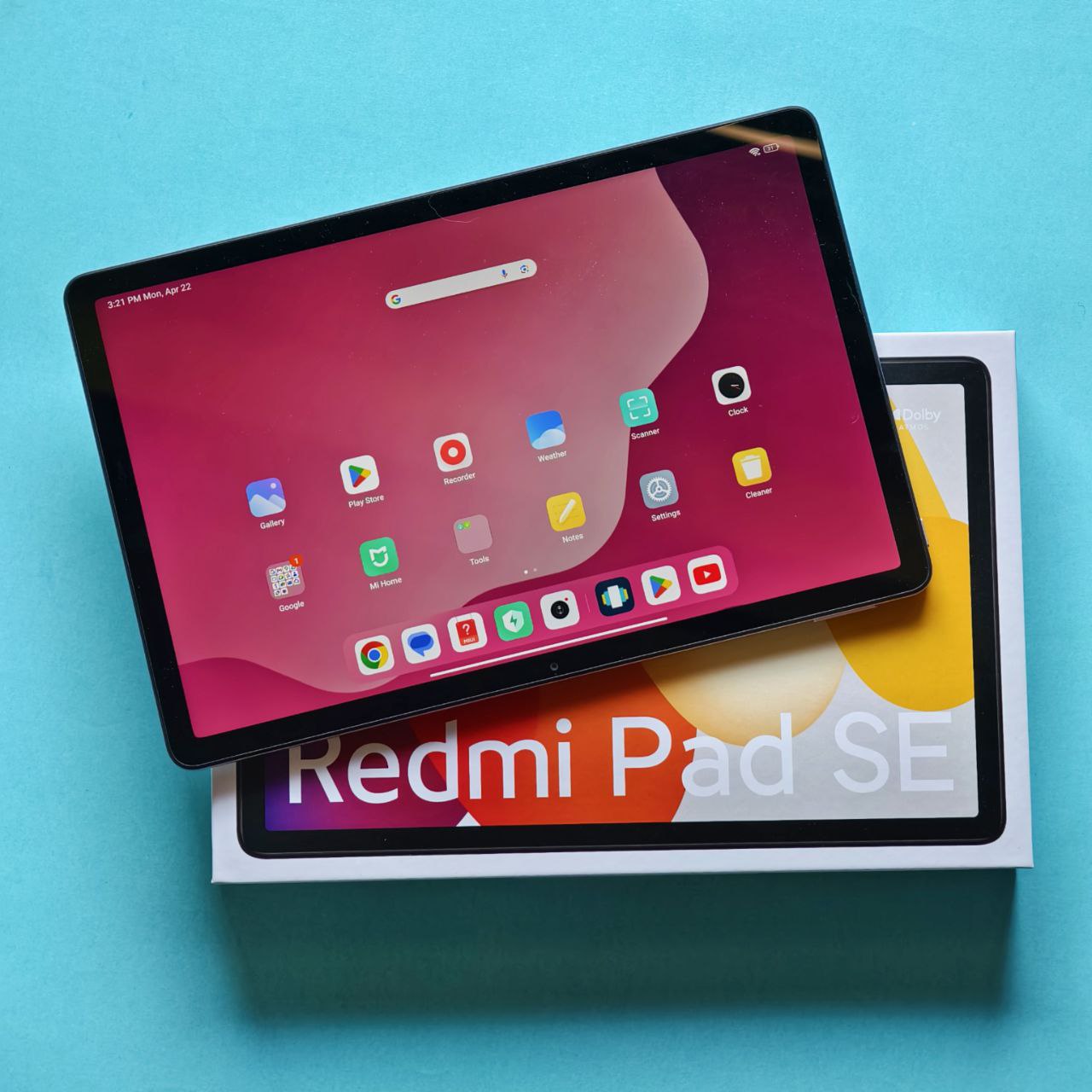

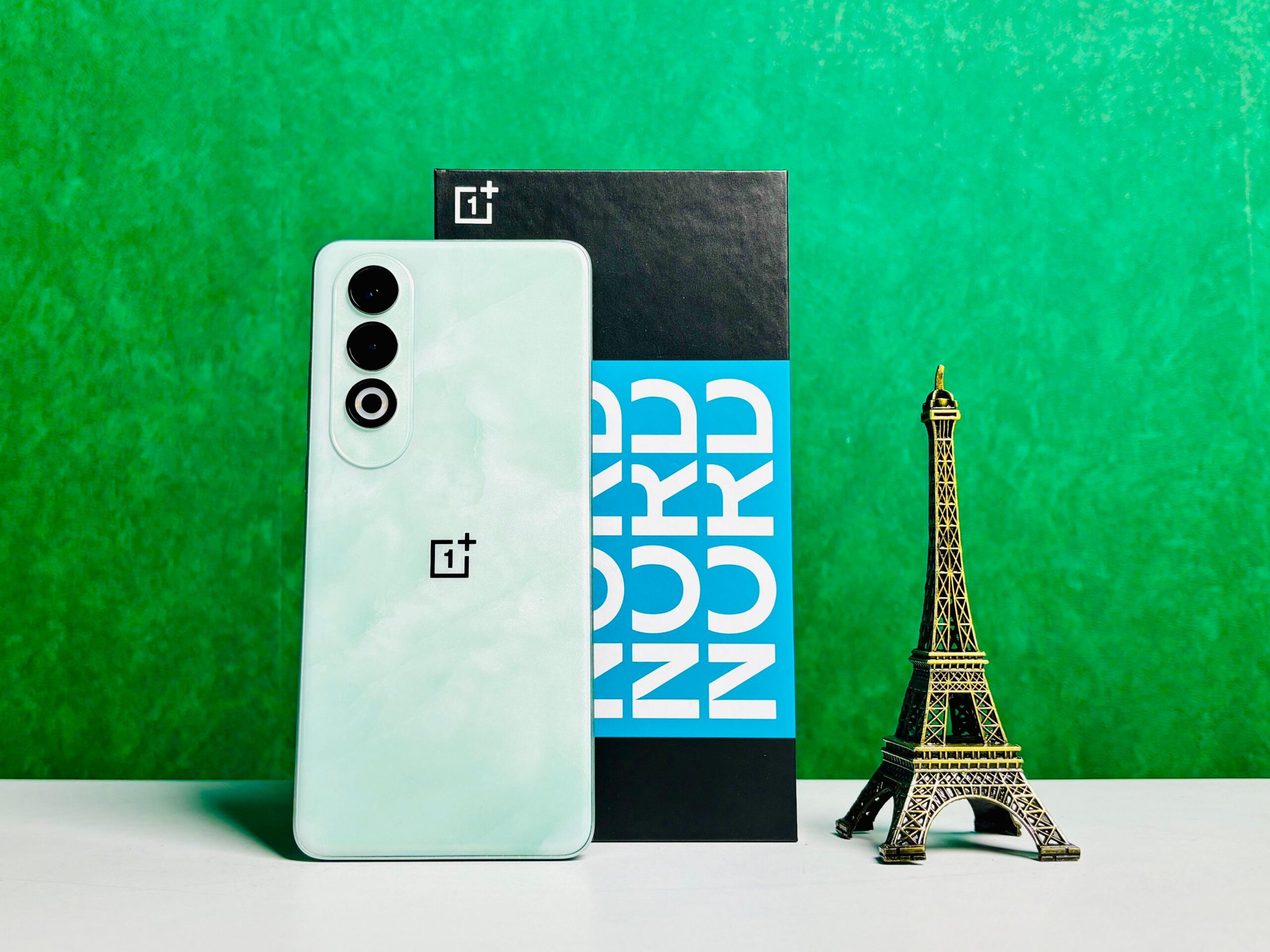

Add Comment